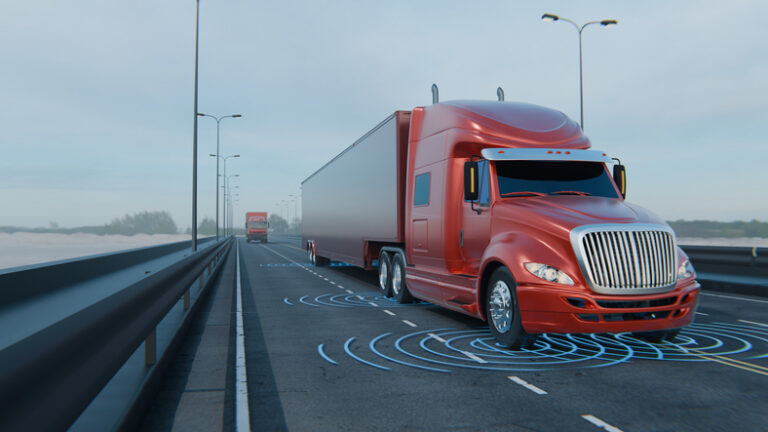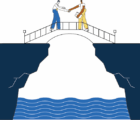
The annual Casualty Loss Reserve Seminar (CLRS) was held September 8–10 in Philadelphia and drew over 350 attendees. Brekk Hayward and Melissa Huenefeldt of Milliman presented the session, “Navigating the Impact of Vehicle Automation on Commercial Auto Reserving,” which focused on advances in commercial vehicle technology, especially autonomous vehicles (AVs), and the implications for loss reserving.
Industry context and challenges
The presenters opened by noting persistent industry pressure, including combined ratios which exceeded 100% every year from 2011–2024 (except for 2021 due to COVID-19). Contributing factors include adverse prior-year reserve development (relative to the broader P&C industry), third-party litigation funding, lawsuit abuse concerns, and historically insufficient pricing despite double-digit rate increases in many states.
Autonomous trucking: Promise and caveats
Autonomous trucking is expected to cut costs for trucking companies by roughly 30% — not only from lower driver costs, but also because trips will be quicker due to fewer mandated breaks and shift changes. Safety gains are also anticipated due to the removal of driver error, and AVs could help address current driver shortages. Claims such as Peter Vaughan Schmidt’s, CEO of Torc Robotics, that driverless trucking technology is “solved” reflect progress but may be overly optimistic as current AV deployments are concentrated in cities with stable weather and little snow (e.g., Atlanta, Austin, Los Angeles, Phoenix, San Francisco).
Quantifying AV risk
The presenters discussed three approaches for quantifying AV risk:
- Infer from human data: adjust accident causes that AVs eliminate (cell-phone use, fatigue, impairment, inattention), yielding an estimated 45% reduction in driver-related accidents. Even further reductions could come from eliminating driver speeding and misjudgment, while weather and mechanical failures remain relevant.
- Compare AV to human crash data: The American autonomous driving technology company Waymo reports a 78% reduction in injury-causing crashes versus conventional vehicles, though the underreporting of minor human crashes complicates comparisons.
- Expert/engineering assessment: use engineering risk assessments where historical data is insufficient.
Reserving and underwriting implications
As AVs proliferate, traditional reserving tools and segmentation may lose relevance. As an actuary, we can expect:
- Fewer minor claims but increased potential for large, complex claims (systemic or software failures).
- Longer reporting and settlement timelines due to technical investigations and liability determination.
- New claim types, including cyber-related and product-defect claims.
- Liability shifting from individual drivers to manufacturers, software providers, and fleet operators, bringing new risk factors: software reliability, sensor accuracy, cybersecurity, update protocols, and systemic failure risk.
- Underwriters needing to evaluate technology providers’ risk management and engineering standards.
Recommended reserving response
Historical loss triangles will be less predictive. Reserving actuaries should broaden techniques to include scenario analysis, stochastic modeling, engineering input, frequent assumption reviews, and new AV-specific data sources. Segmentation may need to move from driver and geographical groupings to manufacturer, software developer, or fleet operator groups. More proactive monitoring and closer collaboration with safety engineers and developers will be required.
Illustrative scenario
The presenters gave a hypothetical situation where a simultaneous software update that causes malfunctions across hundreds of AVs would produce multistate, concurrent claims. Reserving would need to account for exposure segmentation by software or fleet, treat losses as product defects or cyber events, and anticipate extended development patterns.
Conclusion
AVs have reached an inflection point: technology availability is rising, but safety and insurance issues remain central. Insurers and reserving actuaries must adopt dynamic, data-driven, multidimensional practices and expand underwriting scrutiny of technology providers.
Ian Winograd, ACAS, is an actuary at Liberty Mutual. He is a member of the Actuarial Review Working Group.













